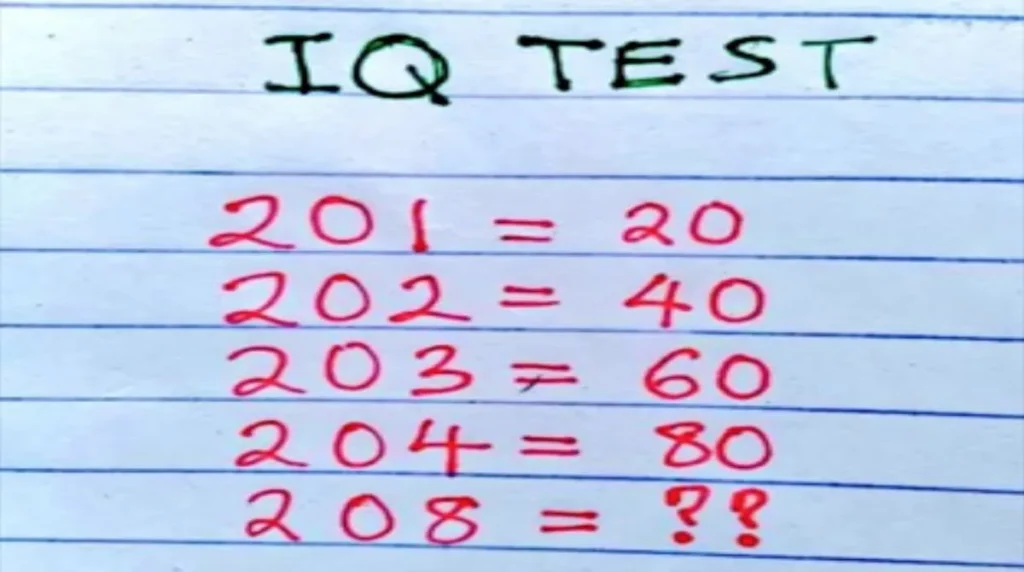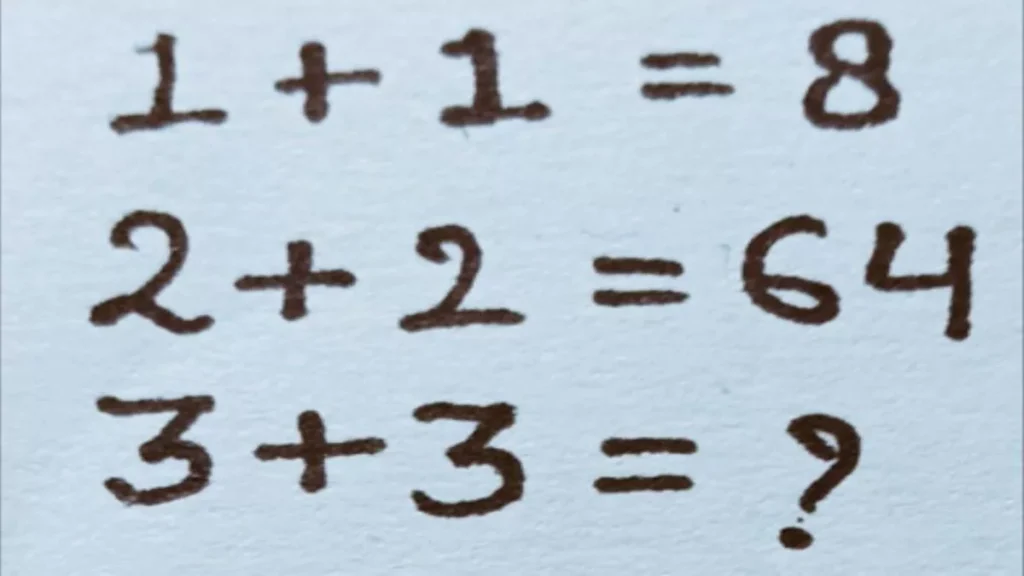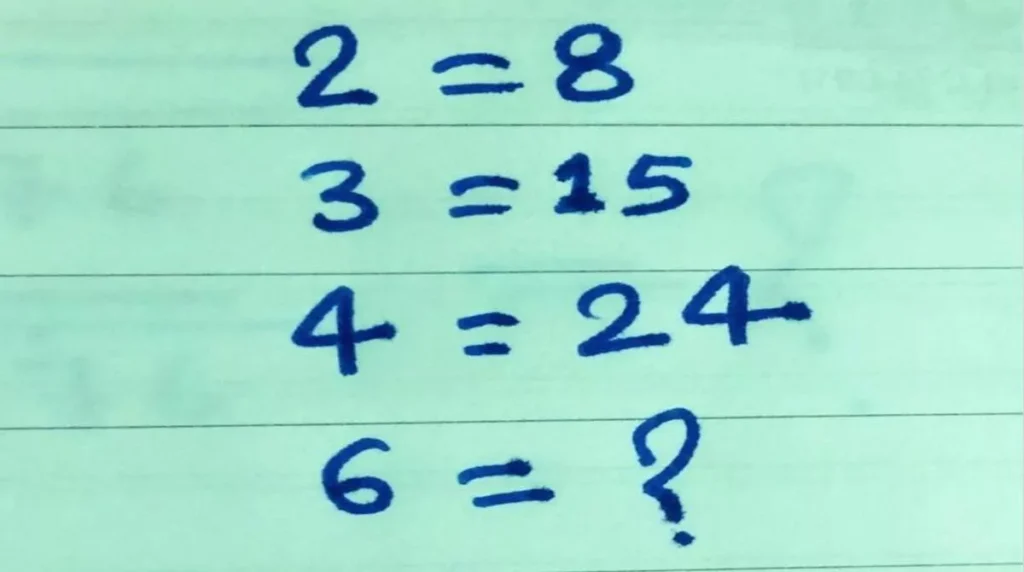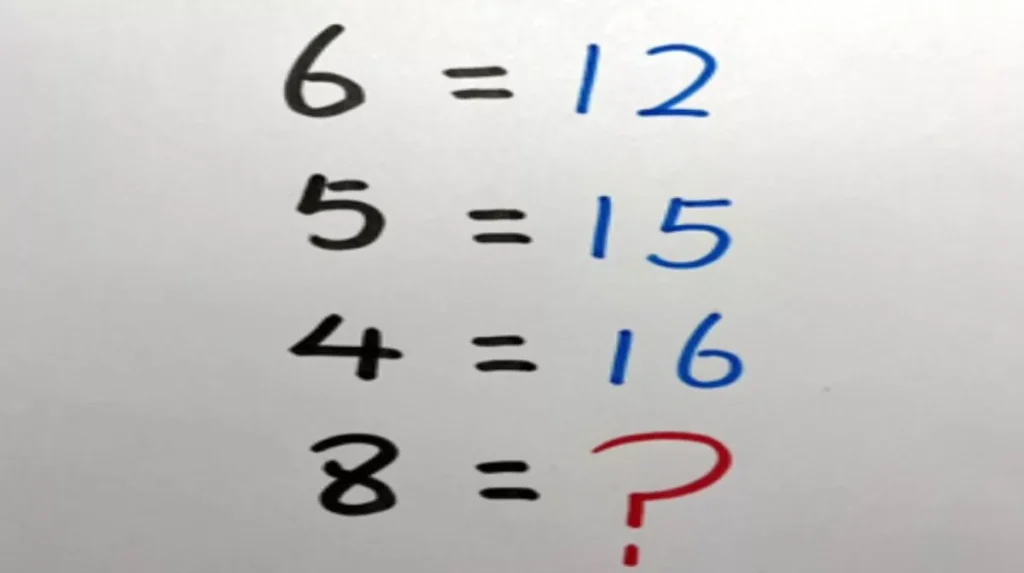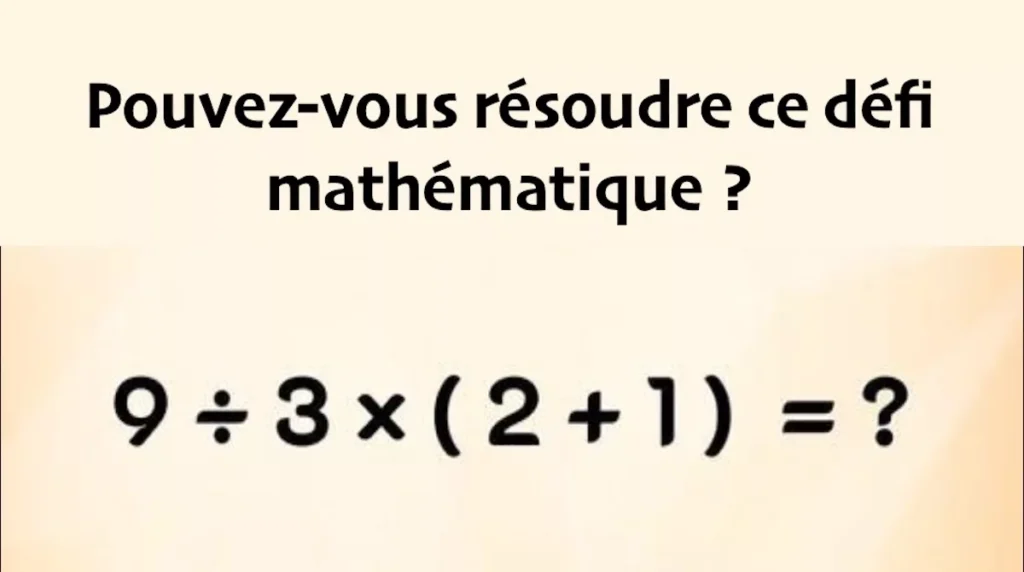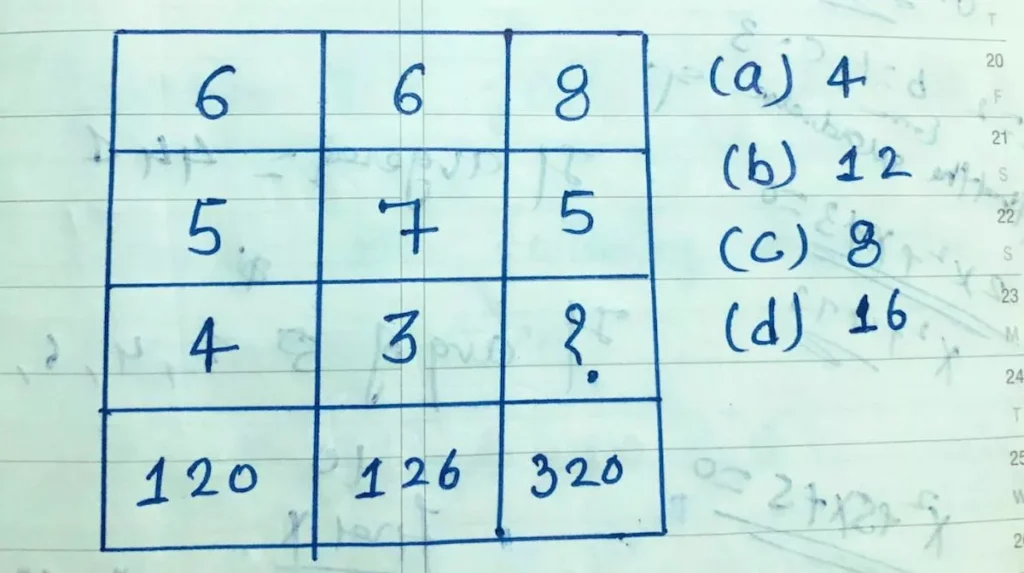Clever Puzzles: A Stimulating Challenge for Internet Users
A tricky puzzle shared on social media has recently intrigued users with an IQ test based on patterns. Puzzles have become a favorite pastime for many internet users, offering not just playful escapism but also a great mental workout.
Whether you’re solving a riddle while commuting or testing your logic before bed, these games are cherished for their ability to spark imagination and challenge preconceived notions.
If you’re a fan of this kind of stimulating entertainment, especially math puzzles, here’s a new challenge that has stumped many.
The Challenge That Tests Your Mind
Recently, a perplexing puzzle was posted on social media.
The specific challenge states:
“IQ TEST: 201 = 20, 202 = 40, 203 = 60, 204 = 80, 208 = ??”
At first glance, this seems simple: just spot the pattern. However, many users remain baffled, unable to decipher the logic behind it.
The numbers appear to follow a trend, but is it arithmetic?
Is it a trick? Or something more subtle?
The answer isn’t as straightforward as it seems. This puzzle requires careful observation, pattern recognition, and a bit of creativity.
Another Viral Challenge: The Deceptive Simplicity
This puzzle isn’t the first to cause confusion.
Another challenge went viral. It seemed deceptively simple but turned out to be surprisingly tricky.
The challenge stated:
The simplicity of the equation led to a wide range of interpretations, with participants debating the correct approach and the applicability of traditional mathematical rules.
This type of puzzle continues to fuel discussions online, with users striving to outsmart each other to find the correct answer.
The Craze for Puzzles: A Relentless Trend
From social media to classrooms, puzzles have become an addictive trend. They stimulate the brain, entertain the mind, and often provide a sense of accomplishment—or humility.
So, if you’re up for another challenge, try this latest puzzle. Can you decipher these challenges?
Here’s the Answer We Found:
201 = 20, 202 = 40, 203 = 60, 204 = 80, 208 = ??
At first glance, this puzzle appears straightforward; one just needs to spot a pattern among the numbers. However, it requires paying attention to the digits and thinking about a logic that goes beyond typical calculations.
Let’s analyze this series:
201 = 20, 202 = 40, 203 = 60, 204 = 80, 208 = ??
This puzzle relies on a hidden logic that must be decoded by closely observing the relationship between the numbers.
Let’s look at the given examples:
– 201 = 20
– 202 = 40
– 203 = 60
– 204 = 80
At first glance, the results seem to double at each step, but it doesn’t precisely correspond to a conventional arithmetic progression. Let’s search for another logic.
Now, let’s examine the unit digits:
– 201 → unit digit = 1 → 1 × 20 = 20
– 202 → unit digit = 2 → 2 × 20 = 40
– 203 → unit digit = 3 → 3 × 20 = 60
– 204 → unit digit = 4 → 4 × 20 = 80
We can conclude that the logic is based on multiplying the unit digit by 20.
Now, let’s apply this logic to 208:
– 208 → unit digit = 8 → 8 × 20 = 160
Thus, the answer is:
208 = 160
This puzzle is based on a simple yet effective rule: multiply the unit digit by 20.
It’s a great example of a mathematical riddle that seems complex at first glance but actually follows a precise and clever logic.
Final Answer: 208 = 160 ✅
And remember, if you don’t want to continue enjoying tests and challenges, definitely don’t click here.

